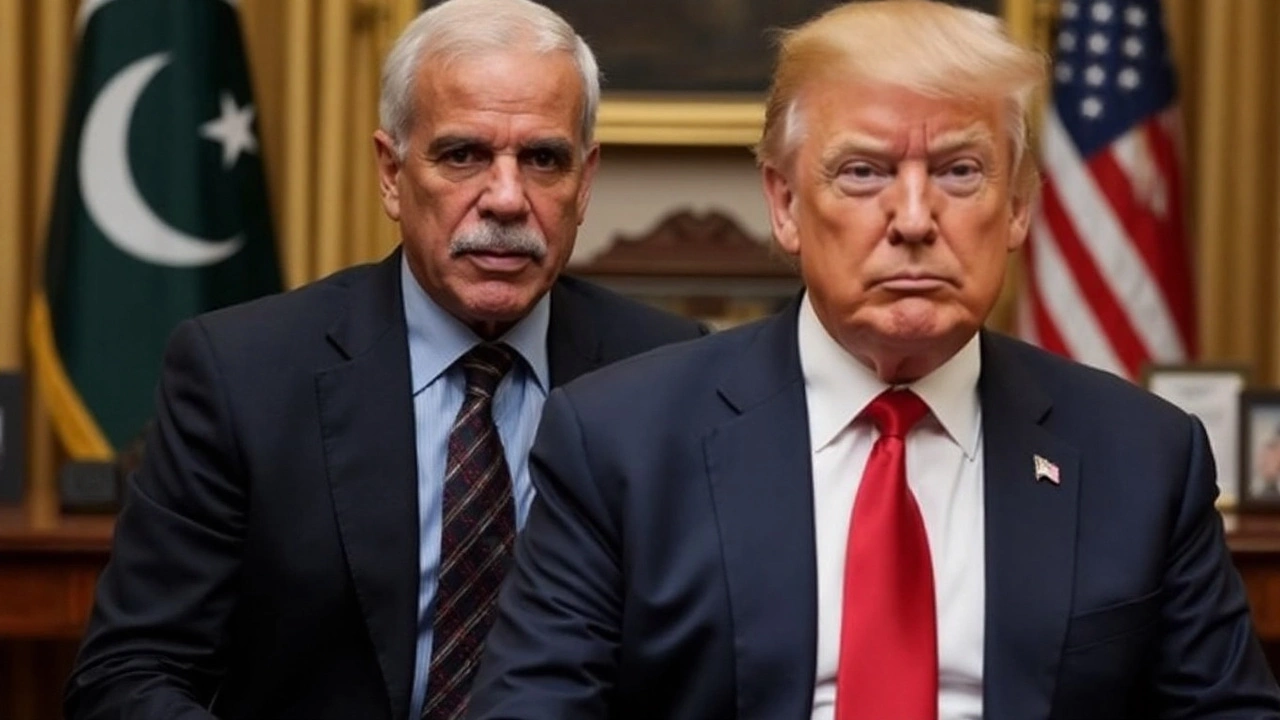What we know, what we don’t
Claims are circulating that Washington made a U-turn on Pakistan’s status under the Trump travel ban 2025, removing the country from new restrictions. The problem: across the usual public records and standard government repositories, there’s no clear, documentary evidence that Pakistan was ever named for new restrictions—let alone taken off a list—in the materials available to review.
Reports point to travel-related executive actions in early and mid-2025, but none of the sources reviewed contain a specific designation or reversal concerning Pakistan. That matters because meaningful changes in U.S. entry policy typically leave fingerprints: a presidential proclamation under Immigration and Nationality Act section 212(f), a State or Homeland Security press notice, updates in the Federal Register, or operational guidance that shows up at consulates and airports. Without those, talk of a Pakistan “U-turn” is just that—talk.
Context helps here. In 2017–2021, U.S. travel bans targeted a set of countries through formal proclamations that spelled out who was covered, who was exempt (often lawful permanent residents and certain visa classes), and how waivers worked. Pakistan was not included in those earlier bans. When the U.S. does tighten screening for a country without a formal ban, it usually looks like slower visa processing, extra security questionnaires, or narrower interview waivers—changes that can feel like a blockade but aren’t a legal entry ban.
So what would a genuine reversal look like in 2025? If Pakistan had been newly restricted, you’d expect an official document naming it and explaining the scope: immigrant visas, nonimmigrant visas, or both; exemptions for students or workers; waiver criteria; and a start date. A “U-turn” would leave a second paper trail unwinding those terms. Airlines would receive carrier guidance, consulates would push notices, and travelers would see consistent instructions at check-in and at the border.
Right now, the gap is between rumors and records. Some posts conflate different actions—global security vetting updates, consular staffing changes, or appointment backlogs—with a country-specific ban. Others treat a single embassy advisory as proof of a sweeping policy. None of those, on their own, equal a presidential proclamation or a formal DHS/State directive.
How to verify and what it means for travelers
If you hold a Pakistani passport and need to travel or apply for a U.S. visa, focus on what you can confirm. The goal is to separate routine friction from real restrictions.
- Look for formal documents: presidential proclamations, DHS or State Department notices, and entries in the Federal Register. Those are the instruments that impose or lift country-specific restrictions.
- Check consular operations: if visa services are suspended for nationals of a particular country, U.S. embassies usually say so. Watch for wording like “suspension,” “limited to emergency services,” or “212(f) in effect.”
- Watch airline gatekeeping: carriers get told when they must deny boarding due to entry bans. If this is happening, it won’t be isolated to one airport or one flight.
- Monitor your case status: a lot of applicants face administrative processing or the DS-5535 security questionnaire. That’s heavy vetting, not a ban. If a ban applies, your case notes and consular emails typically say so.
Here’s how different groups should think about it:
- Students (F-1/J-1): Keep I-20/DS-2019, SEVIS fee receipts, and funding evidence organized. If a ban existed and exempted certain categories, the exemption would be spelled out.
- Workers (H-1B/L-1): Maintain employment letters and petition approval notices. Travel only with valid, unexpired visas and the latest petition approval.
- Family immigrants: Track priority dates and interview scheduling. A true 212(f) restriction on immigrant visas would be explicit in interview notices and consular messaging.
- Transit and tourism (B1/B2): Be wary of social media “advice” claiming universal denial. Consular refusal under 214(b) or security checks is case-specific; it’s not the same as a countrywide ban.
A few practical points cut through confusion:
- Visa vs. entry: A visa lets you seek admission; Customs and Border Protection makes the final call. Even during past bans, exemptions and waivers existed, though they were narrow and inconsistently applied.
- Not all slowdowns are policy: Appointment backlogs, system outages, or staffing shortages can stall travel without any new law or ban behind them.
- Waivers are rare and documented: If a ban were in place, waivers would require proof of undue hardship, national interest, or no security risk—and you’d see that process described in official guidance.
How do misinformation waves start? Three common triggers: screenshots of old documents recirculating without dates, anecdotal airport denials presented as national policy, and conflating a single embassy security alert with a nationwide ban. Red flags include missing document numbers, no publication date, and claims that can’t be matched to any proclamation or agency notice.
What would count as solid confirmation of a Pakistan policy shift?
- An official proclamation or order naming Pakistan, its visa categories affected, and effective dates.
- Matching statements from the White House, DHS, and State, plus an entry in the Federal Register.
- Consistent consular and airline implementation—denials at the counter, carrier guidance, and posted embassy advisories using identical policy language.
Until that trifecta appears, the safest reading is straightforward: there’s no verified, country-specific ban or reversal for Pakistan in the sources that can be checked. Travel remains governed by the usual rules—valid documents, security vetting, and case-by-case decisions at the consulate and the border.
If you need to move soon, build in extra time. Carry supporting paperwork. Double-check your visa validity and any past overstays or status issues. Keep an eye on official notices and be skeptical of viral posts that don’t point to a dated, signed document. Policy does change—but real changes announce themselves.
